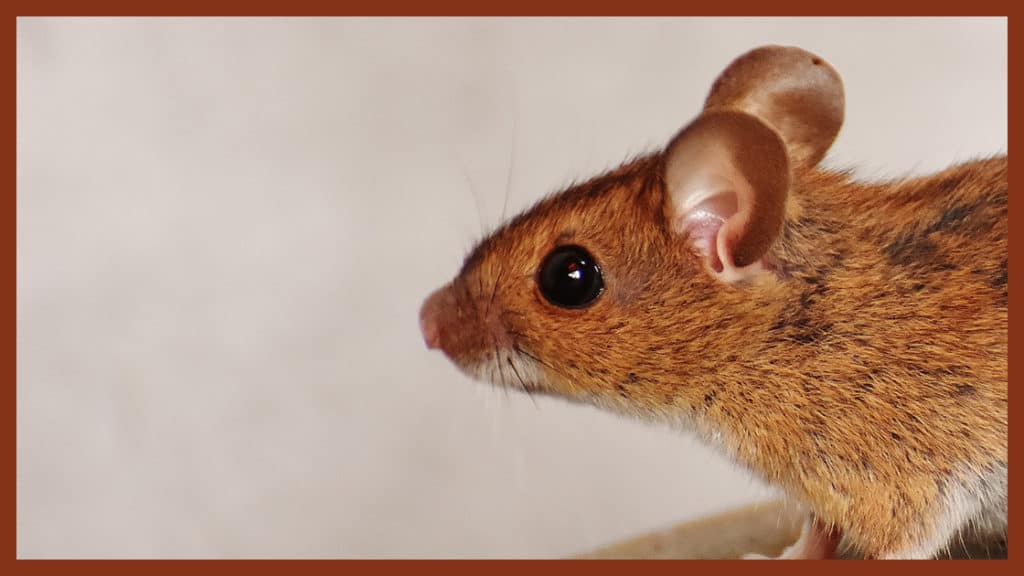Pest control? You might ask, how is this a part of food fraud prevention? Well, GFSI explicitly identifies pest control as a requirement for procurement and purchasing. Think about it… any product or service that is in your food operations could be the source of a food safety incident.
Before we get into the food fraud prevention concepts, let me say that I think that pest control is probably the most underappreciated and undervalued aspect of food safety management. The entire food supply chain can be refined and controlled and then just before the product is sold, a single rodent or bug can destroy all that effort. My appreciation of the value of pest control is why I wanted to write a blog post on the topic.
On August 17, 2021, I presented in a DNV-hosted webinar on “Food Fraud Prevention: Three Years of GFSI and Where Are We?” At first, it was very surprising for the attendees to find out that there is a GFSI compliance requirement for conducting a food fraud assessment for services such as pest control. I say ‘at first’ because once you think about it, any service could use products that might be the root cause of a food safety problem. Consider, for example, the products that are used for pest control, laundry, industrial oil, or hand sanitizer. They could include products or related equipment that may not be appropriate or approved for use in a food facility.
GFSI Details
The GFSI Benchmarking Document has two sections that apply to pest control. First, there is a requirement for the food company’s “internal audit” to include a review of every aspect of all compliance requirements. Then second, there are “purchasing” requirements that include approval and assessment of suppliers for products as well as services. Services are often overlooked as a concern. These may lead to only a few food safety incidents, but few is not zero. Services are also considered to be outside the food science-based focus of the scope but GFSI does include this in compliance.
The items listed below are quoted from section “A1” of the GFSI Benchmarking Document but they are included in all of the 13 sections. To note, “A1” covers Farming of Animals for Meat / Milk / Eggs / Honey.
- Section A1 – 11 Internal audit
- The standard shall require that the organisation has an internal audit system in place to cover the scope of the food safety system, including the HACCP Plan or the HACCP based plan, the food defence and food fraud mitigation plans.
- Note: There is a requirement for separate assessments and plans for food safety, food fraud, and food defense (Confirmed by GFSI through FSSC, BRC, SQF, IFS and others).
- Section A1 – 15.1 Purchasing [including procurement and supply management]
- The standard shall require that the organisation controls purchasing processes to ensure that all externally sourced materials and services which have an effect on food safety conform to food safety management, including food fraud mitigation plan requirements.
Further, GFSI includes definitions of several related key terms (emphasis added to point out the application to pest control):
- Purchasing: Acquiring raw materials, ingredients, inputs, or other product needed to produce the site’s end product(s), or buying a service such as pest control, laundry, etc.
- Raw material: A component of a food, feed or packaging that has not undergone processing.
- Supplier: An entity from whom the audited site purchases raw materials, ingredients, products, and/or service
GFSI Requirement
The overall GFSI food fraud compliance requires a food fraud vulnerability assessment, a food fraud prevention strategy, and a statement of how these fit into the overall food safety management system. Just as you’d require a vulnerability assessment on a food raw ingredient or packaging, you’d require an assessment for services such as pest control. The same questions and processes apply.
There may be a low or very-low fraud opportunity, but to formally state this, the conclusion must be documented. This is like the US Food Drug & Cosmetics Act requirement that a “The hazard analysis must be written regardless of its outcome” including “(iii) The hazard may be intentionally introduced for purposes of economic gain.” (Source: 21CFR507.33 (a)(2) & 21CFR117.130)
As I mentioned in the previous DNV-hosted webinar, the GSFI food fraud requirements have been implemented through three years of audits. The requirements for compliance are naturally becoming more and more thorough. Audits will keep expanding to include more of the entire requirements, ESPECIALLY when they truly do help reduce the root causes of food safety incidents. If you are a pest control services suppliers – or a buyer – you can start by reviewing our free primer guidance documents and then the free online MOOC training courses. JWS.

